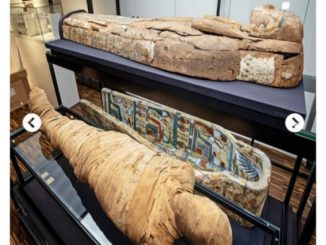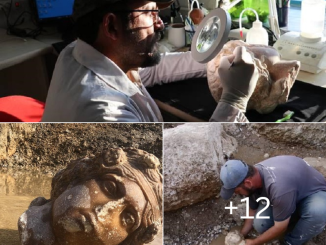Introduction
Among the greatest architectural and engineering marvels of the ancient world stands the Theodosian Walls, the formidable defenses that protected Constantinople, the capital of the Byzantine Empire, for over a thousand years. Built by Emperor Theodosius II in the 5th century, these walls were a testament to the ingenuity and foresight of Byzantine engineering, holding off invaders until the city’s fall in 1453. This blog post delves into the history, structure, significance, and legacy of the strongest fortification of humanity for more than a millennium, exploring how these ancient walls have withstood the test of time and war.
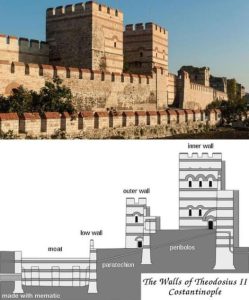
A Monument to Defense: The Construction and Structure of the Theodosian Walls
The Theodosian Walls were constructed in response to the growing threat of invasion, stretching over 6 kilometers from the Sea of Marmara to the Golden Horn. Comprised of a double wall system with a moat, the outer wall stood about 2 meters thick and 8.5 meters high, while the inner wall boasted a thickness of up to 5 meters and a height of 12 meters, reinforced by 96 towers. This formidable structure was not just a physical barrier but a psychological one, deterring would-be attackers with its imposing presence. The walls were designed to withstand prolonged sieges, equipped with platforms for archers, storerooms for supplies, and quarters for soldiers, showcasing the Byzantine Empire’s military architecture prowess.
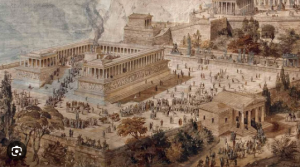
The Siege Breaker: Historical Significance of the Theodosian Walls
Throughout their existence, the Theodosian Walls faced numerous sieges, acting as the shield of Europe against the advance of various empires, including the Arabs, Bulgars, and Ottomans. Their most famous test came during the 1453 siege by the Ottoman Empire, where the walls finally fell due to the advent of gunpowder and cannons, marking the end of the Byzantine Empire. However, until that point, these walls had safeguarded the cultural and economic prosperity of Constantinople, allowing it to become a beacon of knowledge, culture, and power throughout the medieval world. The walls’ ability to repel invaders preserved not only the physical city but also its intellectual and cultural heritage.
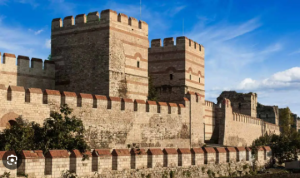
Echoes of the Past: The Theodosian Walls Today
Today, the remnants of the Theodosian Walls still stand in Istanbul, Turkey, offering a tangible link to the city’s glorious past. Despite centuries of neglect, earthquakes, and urban development, significant sections of the walls have been preserved or restored, serving as a historical monument for visitors from around the world. They symbolize the enduring legacy of Byzantine engineering and the strategic importance of Constantinople throughout history. Efforts to preserve and study the walls continue, as they provide invaluable insights into ancient military architecture, urban planning, and the Byzantine Empire’s history.

The Legacy of Ancient Engineering: Discoveries and Insights
The Theodosian Walls not only represent a high point in ancient military engineering but also continue to inspire and inform modern studies in history, archaeology, and architecture. Recent archaeological discoveries in the vicinity of the walls, including relics, weapons, and remnants of structures, offer a deeper understanding of the life and times of those who lived in the shadow of this great fortification. These findings contribute to our knowledge of Byzantine society, the challenges it faced, and the innovations it achieved. The study of the Theodosian Walls and their impact on the course of history underscores the significance of ancient discoveries in understanding our past and shaping our view of human achievement.

Conclusion
The Theodosian Walls of Constantinople stand as a monumental legacy of the Byzantine Empire, embodying the zenith of ancient military architecture and the enduring spirit of a civilization that faced numerous threats over a millennium. Their construction, history, and preservation tell a story of human ingenuity, resilience, and the constant struggle between cultures and empires. As we continue to explore and preserve these ancient structures, they remind us of the complexities of history and the timeless pursuit of security and prosperity. The Theodosian Walls are not just relics of the past; they are beacons that illuminate the enduring relevance of history in understanding the present and inspiring the future.

